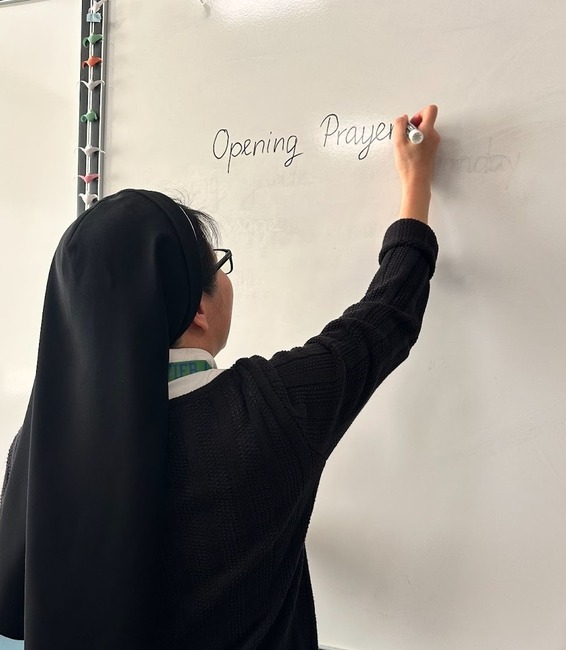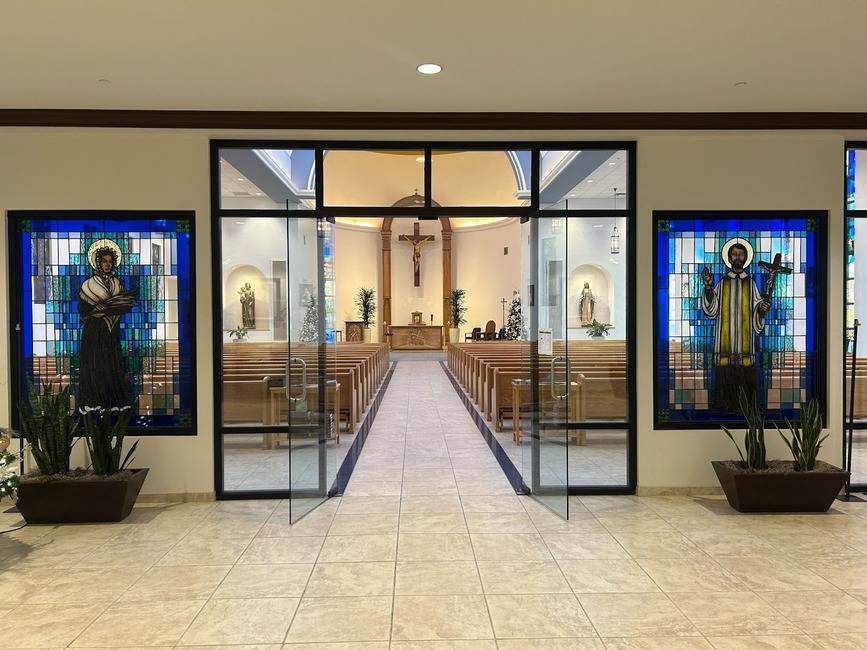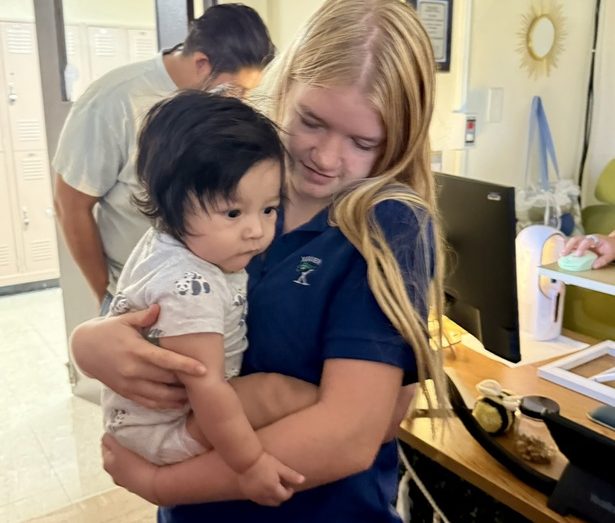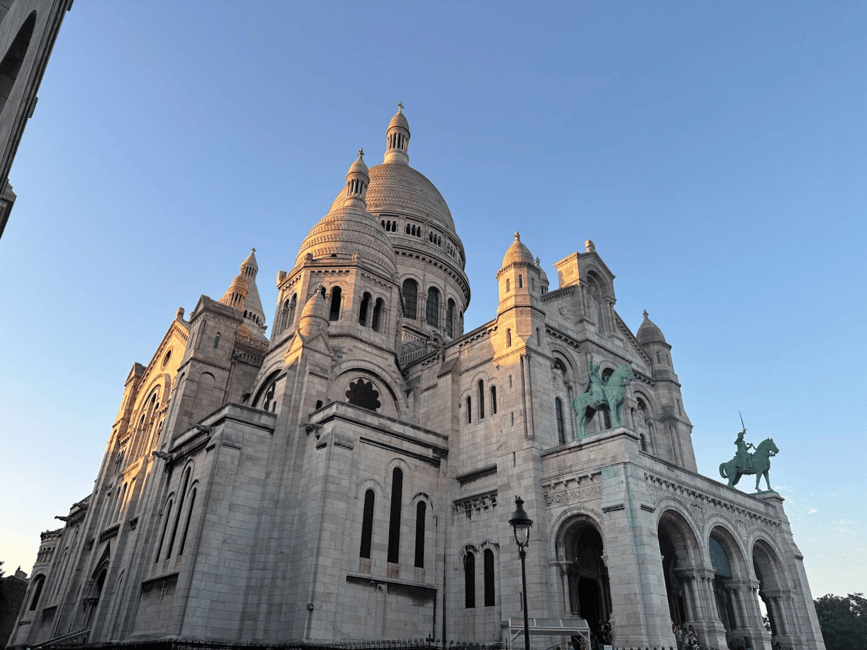The road to religious life rarely follows a predictable path, a reality clearly shown in the stories of Sister Joan Fitzgerald, Sister Lynn Winsor and Sister Theresa Trang. Each sister’s path in religious life was different. However, their vocations were all shaped by faith, moments of grace, community influence and ultimately an inner sense that God was calling them to serve their fellow brothers and sisters.
Fitzgerald’s journey began early on in life, shaped by her consistent faith fostered by her family. Raised by devout Catholic parents and taught for twelve years by the same group of sisters, she grew up watching the nuns’ commitment and found their life genuinely inspiring. Their joy and dedication left a deep impression. “I think it’s people that have the biggest effect on you,” she shared, remembering how their example sparked her hopes for her own future.
Unlike some who enter immediately after high school, Fitzgerald first went to college before becoming a nun. During her time as a student, she felt something from within tug toward the convent, something that was too strong to ignore. She admitted that at first it felt as though she were leaving her life behind but she soon realized that it was only the beginning.
She describes her early years in formation as transformative but demanding. Entering with nearly ninety young women, she found comfort in shared enthusiasm and support from her peers. Some friends left the religious life, which was difficult, but her sense of internal peace remained consistent. At times she did feel homesick, however she never felt like walking away from the convent.
Community became one of Fitzgerald’s greatest gifts from religious life. To this day, she still remains close with the group she entered with, her “set.” They reconnect frequently, even decades later. Fitzgerald describes their bond as instantly familiar no matter how much time has passed.
While Fitzgerald entered young, Winsor’s path unfolded much later. She felt an inner knowledge throughout her life that she was called to be something more, but she waited until she was 24 to enter.
After graduating college and working for two years, this instinct became impossible to ignore. “It was just something I knew… it was inside of you,” Winsor explained, describing vocation as naturally as a turn signal on a road.
Her decision to enter later than most made her formation experience slightly different. Many of the young women entering with her were fresh out of high school, but this age gap did not become a barrier.
Winsor loved learning in her classes, the structure that came from this new lifestyle and the friendships that formed within their community. Over time, Winsor found that her internal relationship with God was deepening in ways she could have never imagined.
Her spiritual growth ultimately stemmed from maturity and independence, something she advises looking into. “For those who are interested in religious life, currently there are a plethora of spiritual sources available and learning about the possibilities of religious life is much easier,” Winsor said.
For Trang, the call began even earlier, long before high school. Raised in a devout Vietnamese family, Trang grew up hearing stories of faith from religious relatives and was entranced by their lifestyle. By middle school, she felt her inner voice grow louder, urging her to dive deeper into her faith.
On the weekends, Trang would spend her time shadowing convents and learning from the sisters themselves. Their lives, filled with joy and peace, ultimately made her feel more confident in the path she decided to take.
Although Trang wanted to join immediately after high school, her parents wanted her to wait. She then attended college, to experience life outside the convent before making a permanent choice. However, despite having to wait, Trang’s call never faded. “In the back of my mind, I knew I was destined for more,” she reflected. “God already hit me first.”
Trang then formally entered religious life, after years of aspirancy, postulancy, novitiate, the canonical year and finally her first vows.
All of the sisters had one thing in common besides living their lives for God. Their vocation was not an accident; it was to serve others as a present version of God’s love, a witness of divine compassion in daily life.
In the end, their religious lives serve as an inspiration, not as just meaningful but alive. Whether they are praying, teaching or gathering to share a meal together, these Xavier sisters embody faith that is never-ending and continue to call all to share in the communion of the Catholic faith.
In the next issue: Sisters Kathleen Sinclair and Isabel Conchos









